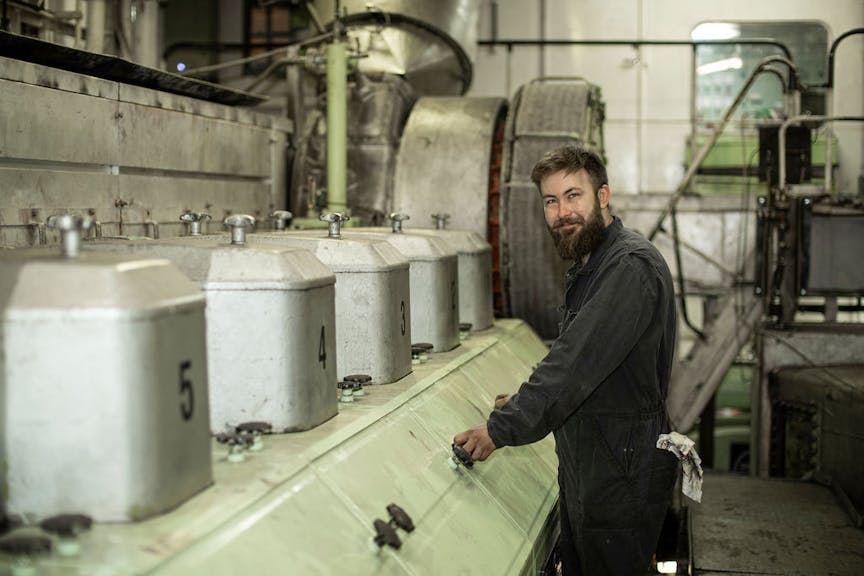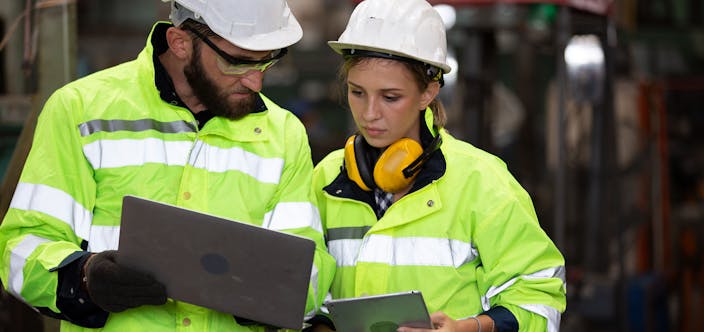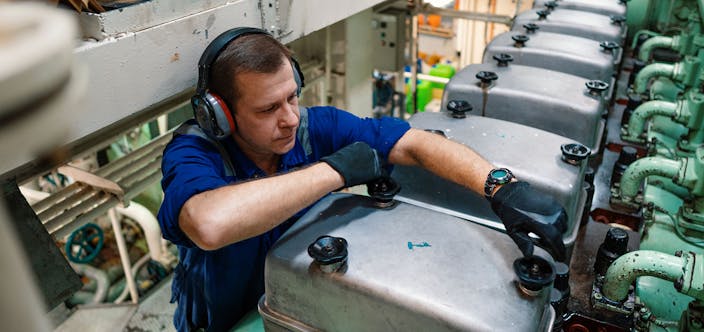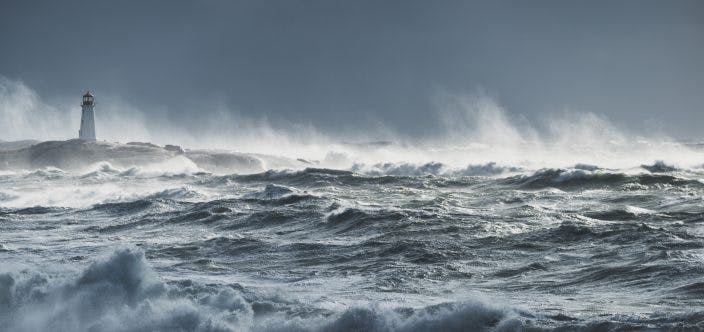Occupational Health and Safety
Working onboard vessels carries an increased risk of occupational accidents. There is, depending on source, a ten to twenty times higher risk for fatality than for any other industry!

According to available statistics the current global death toll at sea is 2500/year! However, the majority of accidents do not lead into lethal injuries.
The most common injuries among seafarers are:
- Strain, sprain or twist
- Bruising, burns, cut or piercing injury
- Foreign object in the eye or body
- Striking injury
- Fractured or broken bones
- Crush or trap injury
The typical circumstances for these accidents to occur are slips, trips and falls when moving around the vessel. These account roughly 50% of all onboard accidents.
The most dangerous operations onboard:
- mooring
- engine maintenance at sea
- handling of heavy or unwieldy objects
- working aloft
- cargo related work
- working over the side
- entry into enclosed spaces.
Another, not yet solved, symptom in the maritime industry is the inadequate reporting (dark figures), lacking details and the lack of reliable global statistics when it comes to non-lethal injuries and near-misses. Some of the challenge might lay on the cumbersome reporting systems and regimes, blame culture and lack of organizational safety commitment. The good news is that there are solutions and positive examples to overcome these particular challenges!
First of all we must establish what safety and just culture is;
Safety = The sum of technical, human and organizational factors that allow fail safely!
A Just culture = An atmosphere of trust where people are encouraged (even rewarded) for providing essential safety-related information, but they are also clear about where the line must be drawn between acceptable and unacceptable behaviour – James Reason
Having just culture, safety oriented and committed ship management, pro-active risk identification and management, feedback and actions on reported events allows “safe failures” and everyone wins at the end of the day.
In order to minimize the unknown and unexpected frequent, simple and relevant reporting is needed. Everyone makes 5-6 mistakes each hour, therefore the only way to pro-actively manage risks is to speak up and report them. A near miss report is a gift to the organization!
There are several, fit for purpose, reporting systems and schemes. One, purpose built for shipping, is the ForeSea’s IRIS system – widely used by Nordic ship owners.
Apart from organization and systems the safety “hardware” on the vessel ought to be the everyday normal; PPE (Personal Protective Equipment), helmets, safety goggles, Hi-Viz clothing, protective clothing, fall arrestors, signage and restricted use of mobile devices when at risky work.
In order for the hardware and safety systems to work “in real life” it is paramount that the systems, equipment and feedback are simple and two-way communication. The end user is the expert what works and what doesn’t.
Article as printable PDF >> occupational_safety



